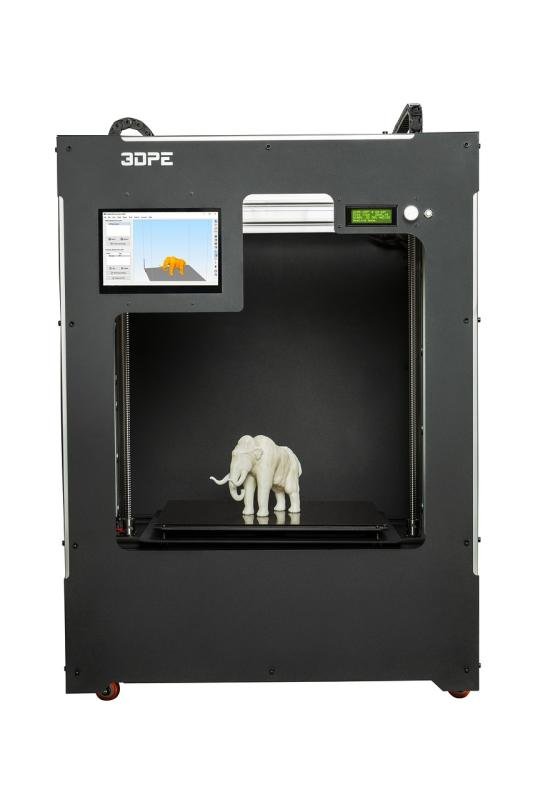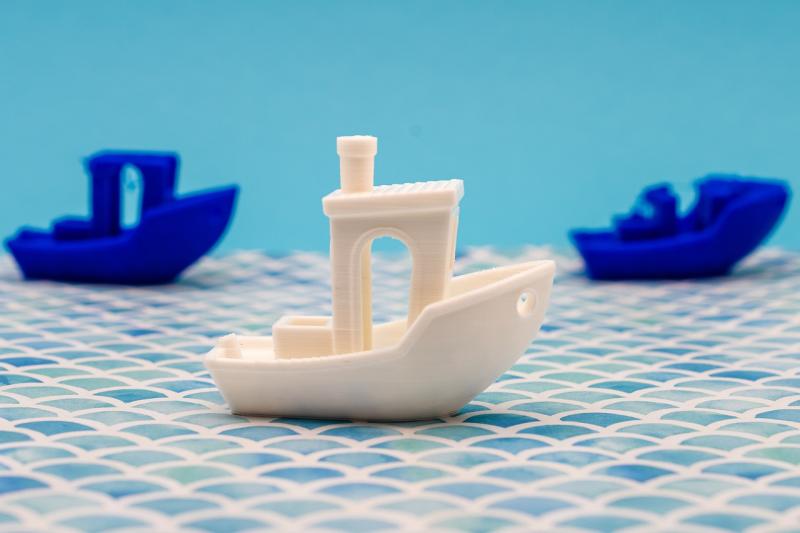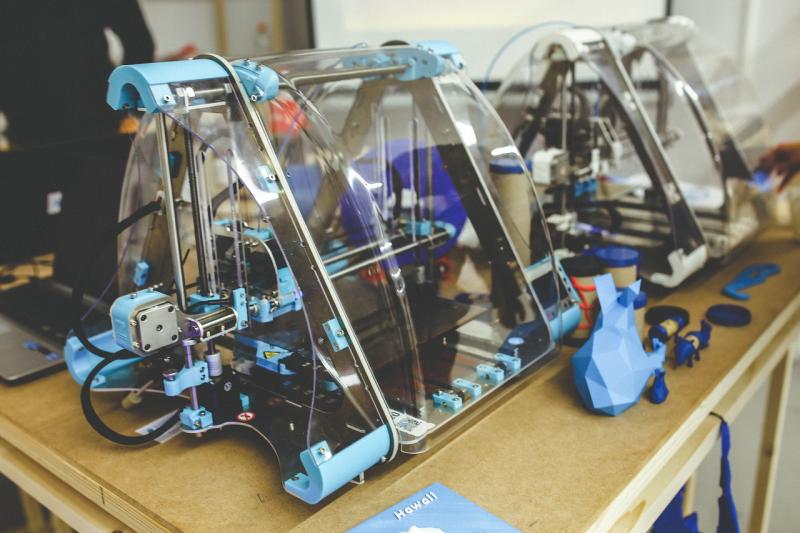3D printing might sound like magic, but it’s all about layering materials to create real, tangible objects. The basic idea is pretty simple: a printer takes a digital model and builds it up layer by layer. It’s similar to baking a cake, where each layer gets added on top until you have a delicious treat. In this case, your cake is whatever cool item you’ve designed!
Most people use a technology called Fused Deposition Modeling (FDM) for 3D printing. Essentially, this method works by melting plastic filament, which is then squeezed through a nozzle. The printer moves around and deposits the melted plastic in thin layers on a build plate. Once one layer is finished, the printer goes up a notch and starts the next one. This continues until your item is complete.
Another popular method is Stereolithography (SLA). Instead of using melted filament, SLA printers use a liquid resin that hardens when exposed to UV light. This can create very detailed and smooth finishes, making it great for small, intricate designs. Each method has its perks, so it’s worth considering what you need before picking a printer.
To start printing, you'll need a 3D model. You can design your own using software, find models online, or even use a 3D scanner to capture real-world objects. Once you have your model, it’s sliced into layers by special software, telling the printer exactly how to build it. And that's when the real fun starts—watching your ideas turn into reality, one layer at a time!
Top Features to Look For
When you're diving into the world of 3D printers, knowing what features to prioritize can really make a difference. Here are some key elements to keep an eye on:
Remember, everyone's needs are different, so think about what features matter most for you. Happy printing!
Best 3D Printers for Beginners
If you're just starting out in the world of 3D printing, choosing the right printer can feel a bit overwhelming. No worries! I've got your back. Here are some fantastic 3D printers that are perfect for beginners. They’re easy to use, reliable, and won’t break the bank.
These options are perfect for getting into 3D printing without any headaches. Whether you're aiming to make fun toys, practical items, or just want to experiment, each of these printers has got you covered!
Tips for Successful 3D Printing
Getting started with 3D printing can be super exciting, but it can also feel a bit overwhelming. Here are some friendly tips to help you get the most out of your 3D printing experience!
First things first, always keep your 3D printer clean and well-maintained. Dust and debris can mess with your prints. A quick wipe down every now and then can save you from some frustrating print failures. It’s also a good idea to regularly check and calibrate your printer. Just a few tweaks can make a world of difference in your print quality.
Next, pay attention to the filament you choose. Not all filaments are created equal! Different materials have varying properties like strength, flexibility, and even color. If you're just starting out, going with PLA filament is a great choice. It's user-friendly, eco-friendly, and works really well for beginners. Once you feel confident, you can experiment with other materials like ABS or PETG.
Finally, don’t forget about the slicing software. This is where the magic happens on your computer! Make sure you understand how to set the right parameters for your model, like layer height, print speed, and temperature settings. Many get great results right out of the box with the presets, but don’t hesitate to tweak things as you learn what works best for your printer and projects.
And remember, practice makes perfect! Don’t be discouraged by early mistakes; each print is a learning opportunity. Dive in, have fun, and enjoy the fantastic world of 3D printing!


